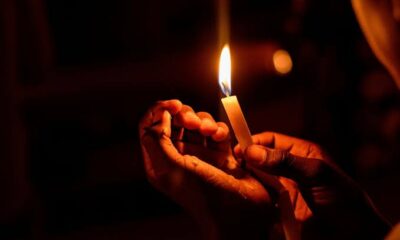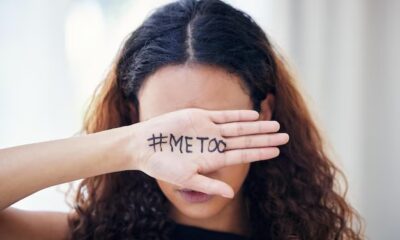Best of Johannesburg
Abuse in South Africa in 2025: Recognising the Warning Signs and Protecting Those at Risk

From shadows to daylight: What we mean by abuse
In South Africa in 2025, abuse is understood as a broad misuse of power and control where one person harms another’s safety, health, or dignity. It is not limited to physical wounds. It can include emotional harm, coercion, financial control, sexual abuse, spiritual manipulation, and psychological intimidation.
The Domestic Violence Amendment Act that came into full effect recently has widened the legal definition to include elder abuse, spiritual abuse, economic deprivation, coercive behaviour, controlling behaviour and exposing children to domestic violence. This shift has helped South Africans recognise forms of harm that once went unnoticed in households and communities.
Why this matters in South Africa
South Africa’s legal framework places strong emphasis on protecting vulnerable groups. The Children’s Act outlines clear rules for reporting abuse and ensuring a child’s right to safety. Child Protection Month 2025 highlighted that more than twenty-six thousand cases of child abuse and neglect were reported in the previous year.
With many families facing social pressure, economic stress, and generational trauma, understanding what counts as abuse is an essential step toward safety and healing.
The many faces of abuse and the signs to look for
Physical abuse
This involves acts like hitting, punching, slapping, or denying medical care. Warning signs include unexplained injuries, frequent bruises, burns, or fearful behaviour around certain people.
Sexual abuse
Any non-consensual sexual contact or conduct that violates someone’s sexual integrity falls into this category. Signs may include bruising around sensitive areas, unexplained infections, torn clothing, or sudden changes in sexual behaviour or confidence.
Emotional, psychological, or verbal abuse
This is often the most hidden form. It includes constant insults, intimidation, isolation, threats, and mind games. You may notice sudden low self-esteem, depression, withdrawal, or someone becoming unusually nervous around a particular person.
Economic or financial abuse
This includes controlling another person’s money, denying access to finances, or preventing them from working or studying. Indicators include unexplained missing funds, unpaid bills, or someone being forced to ask for money for basic needs.
Coercive or controlling behaviour
This involves regulating someone’s daily movements, isolating them from others, monitoring their actions, or creating complete dependency. Excessive jealousy, obsessive check-ins, and forced permission seeking are common signs.
Stalking or harassment
Persistent unwanted contact, following someone, loitering outside their home or workplace or repeatedly messaging them can create fear even without physical violence.
Spiritual abuse
This may appear where religious or spiritual beliefs are used to manipulate, shame, or control a person or force them to abandon their own practices.
Child abuse or neglect
This includes physical harm, emotional neglect, sexual exploitation, or exposing children to violence. Warning signs include sudden behaviour changes, poor hygiene, injuries, fear of going home, or age-inappropriate sexual knowledge.
Elder abuse
Older adults may suffer physical harm, financial exploitation, verbal threats, neglect, or emotional manipulation. Look out for changed finances, emotional withdrawal, unexplained injuries, or fear around specific caregivers.
How we got here: The 2025 landscape
The strengthened domestic violence laws, combined with national awareness campaigns and school safety initiatives introduced in 2025, have brought renewed attention to the realities of abuse.
Public discussion has grown louder. Survivors continue sharing their stories online, communities are calling for accountability, and educators are pushing for greater protection of children and older adults. South Africans are more aware than ever that abuse takes many forms, and every form demands intervention.
If you suspect someone is being abused
You do not need proof to raise concerns. In many cases, reporting is a legal duty, especially when it involves children.
If someone is in danger, call 10111 immediately.
For guidance or referrals, contact the national GBV command centre on 0800 428 428 or use the free mobile prompt. Social workers, healthcare providers, and police officers can all help victims access safety, counselling and protection orders.
Keeping records, messages, or medical notes can also assist when a person chooses to take legal action.
A new narrative for South Africa
Abuse thrives in silence, so the cultural shift happening across the country is significant. More households are naming the problem, more neighbours are stepping in, and more survivors are being believed.
Recognising the early signs is one of the most powerful tools South Africans have in creating safer homes and communities. Abuse in any form is never the victim’s fault. Speaking up could save a life.
Also read: How to Support a Woman Living With Abuse in South Africa in 2025
Follow Joburg ETC on Facebook, Twitter, TikT
For more News in Johannesburg, visit joburgetc.com
Featured Image: Institute for Health Policy and Leadership – Loma Linda University



























